What roles do conflicts and wars play in art? And how can artists be political through their creation of art?
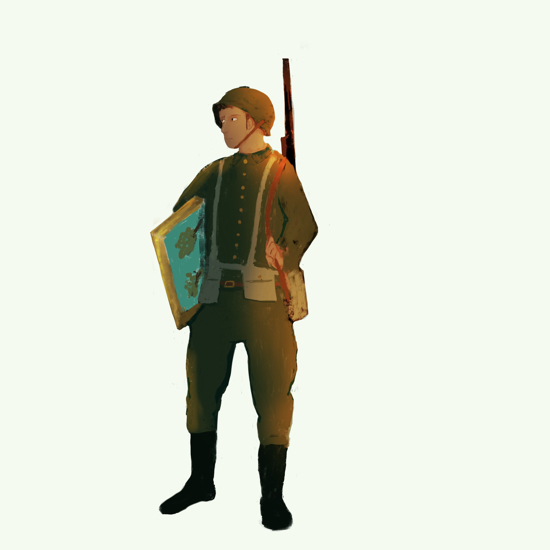
Political conflict has been long affecting people, whether it takes the form of military coups, citizen protests, or inter-state conflicts and wars. Families and individuals face either the dangers of seeking refuge or the exposure to the war in their homes. Countries’ economies continuously deteriorate, governments face vulnerability, and interstate disagreements rise. While we all see the observable consequences following wars in the news, it is evident in history that political conflicts took a toll on the arts, as well.
Many artists who have been exposed to wars resorted to creating art as either a method of defiance or as a coping mechanism. One example is Mona Hatoum, a contemporary video and installation artist. She was born in Lebanon and is of Palestinian descent. The Civil War in Lebanon, as well as the ongoing settlements in Palestine, was portrayed in her art indirectly when she was forced to reside in the United Kingdom during the timespan of the war. Her installations often contained elements that reflected emotions of fear, pain, and unsettlement, and this could be seen in her artwork “Hot Spot” that resembles a globe on fire (1).
As part of the Civil Rights Movement in the United States, art had a huge role in artists’ activism. Jacob Lawrence’s painting “Soldiers and Students” (2) portrayed the violence of white soldiers with African American minors. Another installation that expresses the discrimination against the black race is David Hammons’ “The Door (Admissions Office)” (3).
In other cases, political conflict has affected – and still affects – art directly. To give one example, many precious artworks either disappeared or were destroyed during the Second World War. Ernest Ludwig Kirchner, a German expressionist painter, committed suicide after around 600 artworks of his were destroyed during the war in the Degenerate Art Exhibition
in Germany. Vincent Van Gogh, one of the most prominent artists in history, had yet another artwork that was destroyed during World War II. The painting that was destroyed was of Van Gogh himself, and it was called “Painter on His Way to Work” (4).
Conflicts influenced art both directly and indirectly. In return, art played a huge role in documenting history and conflicts. In fact, this effect of political conflict – and historical events generally – on the arts serves today as historical records for those events. In many installations and paintings, historians were able to identify historical data and events, as well as characteristics of particular conflicts. One example is how artworks on the Human Rights Movement in the US portrayed the characteristic that it was a conflict of gaining equality amongst races. Another example is the National Museum of Beirut. Although it was destroyed by the 15-year raging war that began in 1975, it nevertheless serves as a historical account of the brutality of the war in Lebanon today, for it was located in the heart of the area where most of the bombings and attacks took place (5).
Art stands as a witness for the pain and the vulnerability of humankind, as well as a witness for the rage and the destruction created by the hands of this humankind. Nevertheless, this art could resemble beauty, in a way. It is capable of inducing different reactions and emotions in different people, based on their experiences and their own histories with life. I believe that this type of art whispers a message to each individual in its audience. It says: “things might not have been okay in the past, but the fact that you are standing here, right in front of me, all dressed up to see me and surrounded by your loved ones, only means that those struggles are nothing but history.”
References:
- Hudson, Mark. “Mona Hatoum at Tate Modern Is One of the Shows of the Year .” The Telegraph, Telegraph Media Group, 3 May 2016, telegraph.co.uk/art/what-to-see/mona-hatoum-tate-modern-review-one-of-the-shows-of-the-year/.
- “In Past ShowWitness: Art and Civil Rights in the Sixties at Brooklyn Museum.” Jacob Lawrence | Soldiers and Students (1962) | Artsy, artsy.net/artwork/jacob-lawrence-soldiers-and-students
- “In Past ShowWitness: Art and Civil Rights in the Sixties at Brooklyn Museum.” David Hammons | The Door (Admissions Office) (1969) | Artsy, artsy.net/artwork/david-hammons-the-door-admissions-office.
- “Painter on His Way to Work [Vincent Van Gogh].”Sartle – See Art Differently, 24 June 2015, sartle.com/artwork/painter-on-his-way-to-work-vincent-van-gogh
- Wright, Robin. “Beirut’s Museums of War and Memories.”The New Yorker, The New Yorker, 22 Aug. 2017, newyorker.com/news/news-desk/beiruts-museums-to-war-and-memories.
- Collins, Judith. Sculpture today. Phaidon Press, 2014
- “Ernst Ludwig Kirchner.” Wikipedia, Wikimedia Foundation, 14 Nov. 2017, en.wikipedia.org/wiki/Ernst_Ludwig_Kirchner.

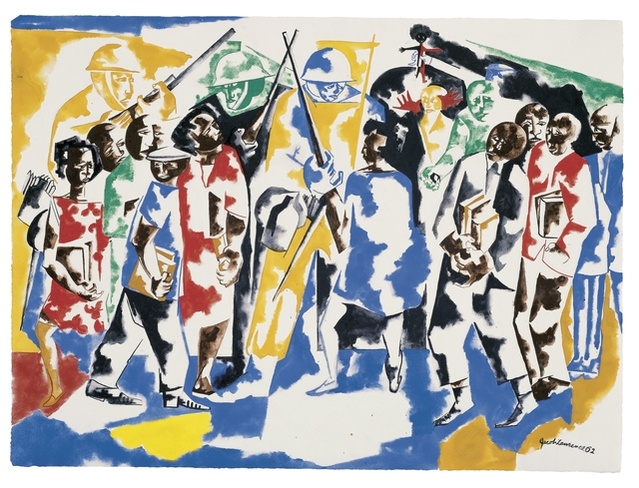
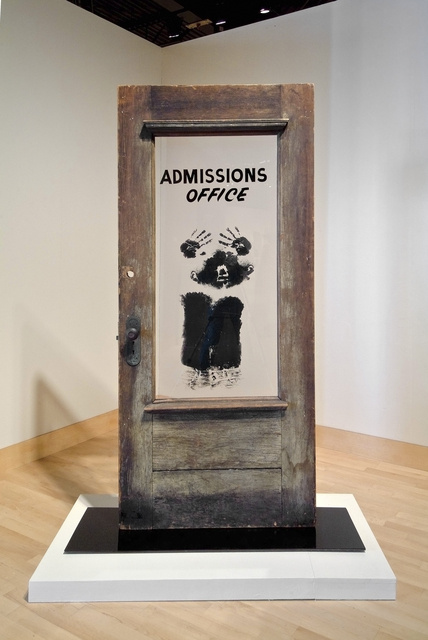
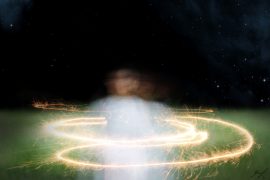
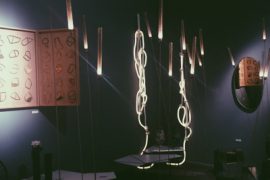
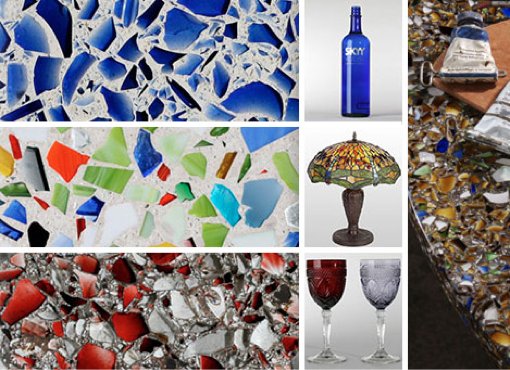
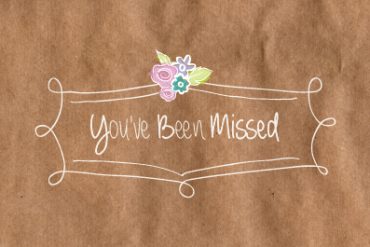
Loved it x